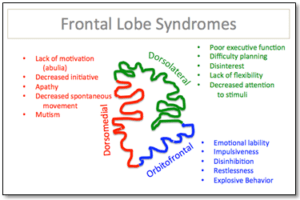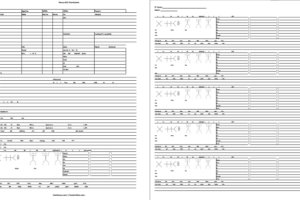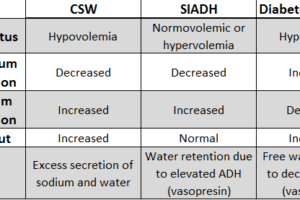The causes of spinal cord narrowing and root compression are disk protrusion or narrowing, osteotic overgrowth, and vertebral shifting in the form of spondylolisthesis. Spinal stenosis is a specific term that refers to a focal narrowing of the spinal canal from osteotic overgrowth. (Obviously, the other two causes of narrowing can act to worsen spinal stenosis.)
When attempting to estimate the incidence of spinal stenosis, there is some difficulty because the cited absolute measurements vary from study to study, the severity of disease varies, as do the accompanying pathology. It suffices to say it is a common problem. Further, it will become an increasingly common problem as America’s population ages and as a generation of people who engaged in long term, aggressive athletic activity makes up a significant percentage of that aging population.
The two types of spinal stenosis are acquired and congenital. The latter is rare, occurs at a younger age, and is not associated with risk factors such as diabetes or vascular insufficiency.
Acquired spinal stenosis is almost exclusively a degenerative process. It is a reflection of the spine’s response to physiologic stresses by forming bone at the inferior and superior margins of vertebral bodies. These areas of growth are called osteophytes. They may also form both anteriorly and posteriorly. In addition, arthritic degeneration can create the formation of synovial cysts and hypertrophy of the facet joints. The net effect of these processes is the impingement of nerve roots as they exit the spinal canal.
Another factor is the collapse of disks over time due to movement, desiccation, and trauma. At the same time, there is degeneration of the ligamentum flavum. The degenerated ligamentum flavum buckles back into the spinal sac, worsening the process.
Cervical and lumbar regions are the sites of most spinal stenosis. Cervical stenosis presents with symptoms typical of cervical radiculopathy—radiating arm pain with numbness and paresthesias in the involved dermatomes. There may also be weakness of associated muscles. The more serious cases are reflected as a myelopathy—spinal cord dysfunction. Finger numbness, clumsiness, ataxia and even bowel and bladder dysfunction are a reflection of both nerve root and upper motor neuron damage. Examination may reveal long tract signs such as hyperreflexia and clonus. Lumbar stenosis presents with back pain, radiating leg pain, bowel and bladder symptoms, neurogenic claudication, and muscle weakness in the lower extremities.
Physical examination is a reflection of the levels of stenosis, the involvement of nerve roots, and upper motor neuron signs distal to the level of stenosis.
If spondylolisthesis is part of the pathology, patients may exhibit a form of dynamic instability. This is caused by an exacerbation of the vertebral slippage with flexion and extension, a process that resolves at rest.
Plain radiographs are essential in the evaluation of stenosis. Full length x-rays are useful in an overall assessment of sagittal and coronal displacement as well as an assessment of the so-called “flat- back” abnormality. MRI is the next level of assessment. It reveals neural compromise and the continuity of the spinal cord. It may even be necessary to add CT scanning because of its ability to visualize bony abnormalities in detail.
Treatment should begin with patient education, the use of NSAIDs for pain control, and possibly epidural injections if there appear to be significant nerve root involvement as opposed to a myelopathy. However, there are some patients whose very ability to function demands surgical intervention. In this regard, a number of guidelines have been established that list appropriate indicators for those patients who would best benefit from surgery.
Surgical procedures have progressed to a point where patients who were at one time felt to be beyond a possibility for successful intervention can be helped to a remarkable recovery of function. At the same time, there are growing concerns that many patients have been exposed to the risks of surgical intervention when conservative treatment would have sufficed.



